In Part One of this recap, I described how the plans unfolded for Research On the Road’s trip to our alumni chapter in Puerto Rico, and shared the details of the talk given by Iliana Baums, a Penn State faculty member and marine biologist. In this final installment, I describe our day trip with chapter members, a journey out on the ocean to get a hands-on –or “hands off!” in the case of coral–experience of the marine life of Puerto Rico.
Bright and early the next day, we set out from the marina in Fajardo on a power catamaran heading for the islands that make up the Cordillera Keys Nature Preserve, including Icacos, Palomino and Palominito.
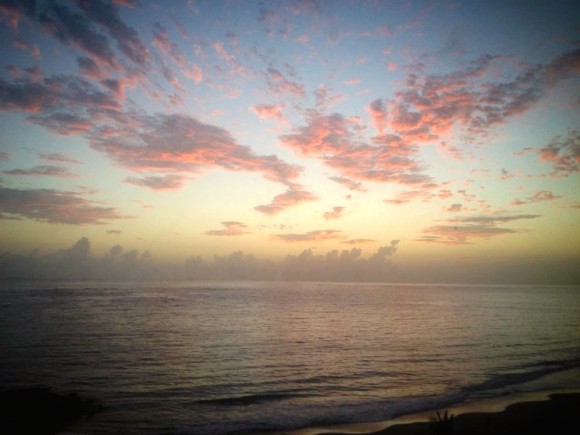
There were about a dozen Penn Staters, family members and friends on board, and the mood was understandably upbeat as we headed out.
The crew of the catamaran was in charge of snorkeling and safety instructions.
Iliana was on hand to help people better understand the environment we were exploring.
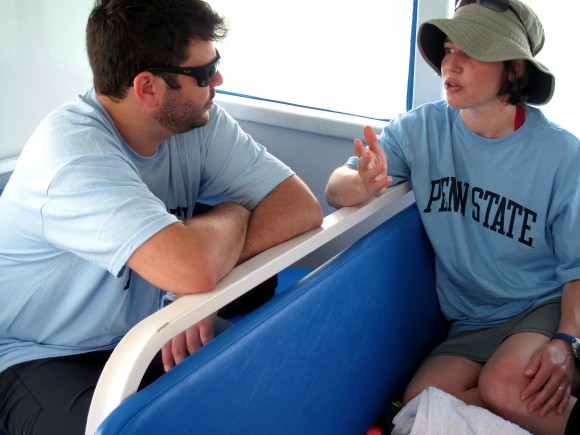
For instance, do you know why the Caribbean waters are so clear and that beautiful turquoise shade? An ocean’s color is related to how much nutrient-rich material is in it.
“These waters are like a desert,” Baums explained. In the absence of phytoplankton and other particles in the water, sunlight goes through the water which reflects the blue light, making the water appear a brilliant blue.
We also learned more about why coral is essential: think “erosion prevention” and food chain support at the most basic level. We also heard (and saw first-hand!) the sad facts behind the phenomenon of coral bleaching.
Corals gets their colors (shades of pink, red, purple, yellow, blue, and gray-green) from different kinds of symbiotic algae that live within their tissues.
When corals are under stress (typically from too-warm water, pollution, or tourists stepping on them or breaking off their branches) the corals expel their symbiotic algae and appear to be bleached white. When you see bleached corals they are either alive but at great risk of dying, or they are dead.
Even though learning about coral reefs brings up serious issues about our planetary problems, I’m sure you won’t be surprised to learn that we managed to have some fun on our boat trip. Smiles and laughter abounded!
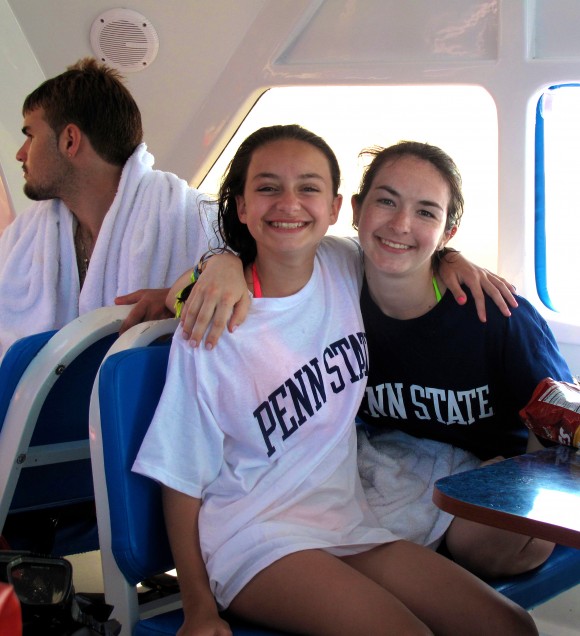
I’ll wrap up this post by observing that every place I’ve traveled with Research On The Road–from Pittsburgh to Puerto Rico–has its own unique charms. The fact that Puerto Rico’s charms included tropical sunsets, fresh mango, and swimming with a school of blue tang (the highlight of my snorkeling experience) did not escape my notice or appreciation.
I was busy non-stop with the many arrangements that made these events happen…but representing Penn State among Penn Staters on the beautiful island of Puerto Rico is a career experience I won’t soon forget.

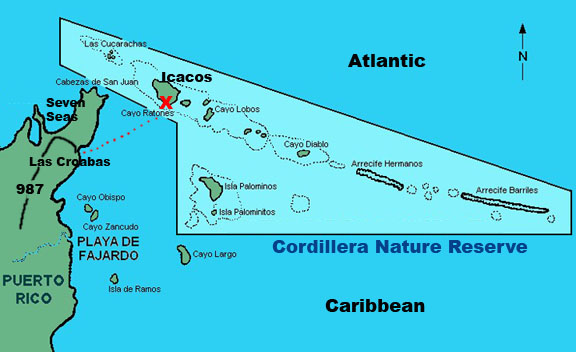

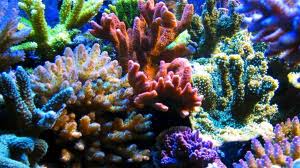
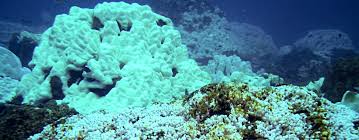
Enjoyed the recap, Melissa. great pix!